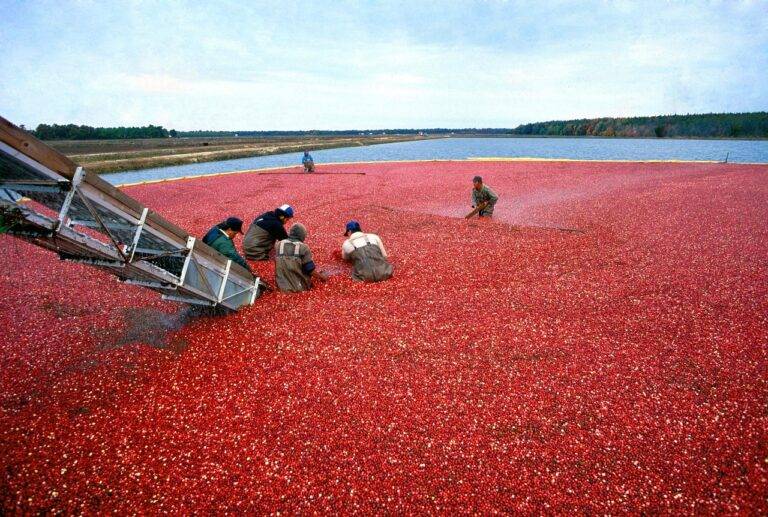The Future of Food Technology: Advances in Food Processing and Preservation Techniques
Food technology is a dynamic field that encompasses various aspects of food production, processing, and preservation. It involves the application of science and technology to improve the safety, quality, and shelf life of food products. Advances in food technology have revolutionized the way food is manufactured, stored, and consumed, leading to an increase in convenience and accessibility for consumers.
In addition to enhancing the efficiency of food production, food technology plays a crucial role in ensuring food safety and reducing food waste. By implementing innovative techniques and technologies, food manufacturers can extend the shelf life of products, maintain nutritional content, and prevent contamination. The continuous evolution of food technology has not only brought about new opportunities for the food industry but has also raised important questions about sustainability, health implications, and consumer preferences.
Impact of Food Processing Techniques
Food processing techniques play a crucial role in modern food production, altering the state of raw ingredients to extend shelf life, enhance flavor, and improve safety. From canning and freezing to dehydration and fermentation, these processes are designed to meet consumer demand for convenient and safe food products. The widespread use of food processing techniques has transformed the food industry, allowing for the mass production of a variety of products that can be easily stored and transported.
However, there are concerns surrounding the impact of certain processing methods on the nutritional value of foods. Some techniques, such as high-heat processing and excessive refining, may result in the loss of essential nutrients and bioactive compounds present in the original ingredients. As a result, there is a growing focus on developing innovative processing technologies that can retain the nutritional quality of foods while still ensuring their safety and longevity.
Food processing techniques are essential for extending shelf life and enhancing flavor
Processes like canning, freezing, dehydration, and fermentation meet consumer demand for convenience
Concerns exist about certain methods impacting the nutritional value of foods
High-heat processing and excessive refining may lead to loss of essential nutrients
Innovation is needed to develop technologies that maintain nutritional quality while ensuring safety
Innovations in Food Preservation Methods
In recent years, the food industry has seen significant advancements in food preservation methods aimed at extending the shelf life of perishable goods while maintaining their nutritional value and taste. One innovative technique that has gained popularity is high-pressure processing (HPP), which involves subjecting packaged food to extremely high pressures to eliminate harmful bacteria without compromising the product’s quality.
Another notable innovation is the incorporation of natural antimicrobial agents, such as plant-derived essential oils and organic acids, into food packaging materials. These agents help inhibit the growth of pathogens and extend the freshness of the product without the need for synthetic additives or preservatives. Furthermore, advancements in nanotechnology have allowed for the development of antimicrobial nanocomposites that can be applied to food packaging surfaces to create a protective barrier against microbial contamination.
What is food technology?
Food technology involves the application of science and engineering principles to the production, processing, packaging, and preservation of food.
How do food processing techniques impact the quality of food?
Food processing techniques can affect the taste, texture, nutritional value, and shelf life of food products.
What are some innovative food preservation methods?
Some innovative food preservation methods include high-pressure processing, pulsed electric field processing, ultraviolet light treatment, and ozone treatment.
How do these new preservation methods differ from traditional methods like canning and freezing?
These new preservation methods are often faster, more energy-efficient, and can better preserve the nutritional content and sensory qualities of the food compared to traditional methods.
Are these innovative preservation methods widely used in the food industry?
While some of these methods are gaining popularity, they may not be as widely adopted as traditional methods due to factors such as cost, equipment availability, and regulatory approval.







